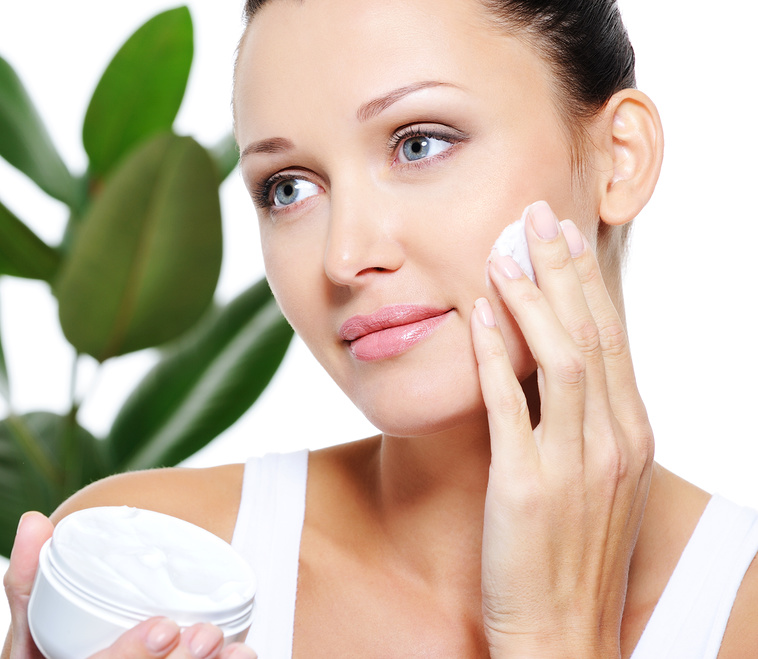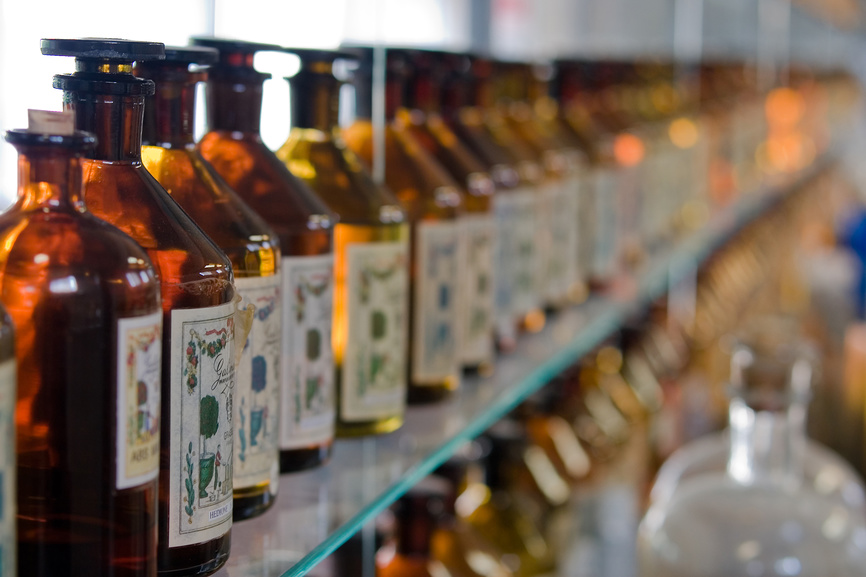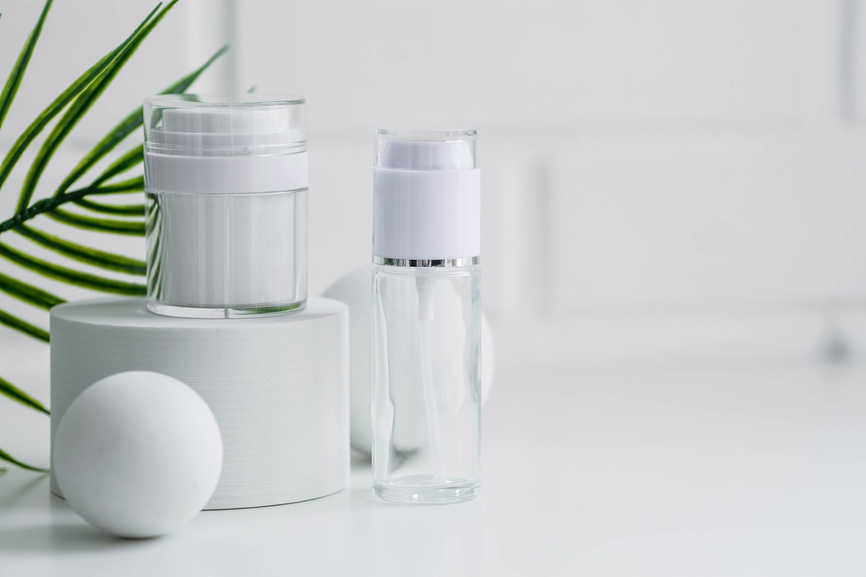
Technical Regulations of the Customs Union TR CU 009/2011 On the Safety of Perfumery and Cosmetic Products
Perfumery and Cosmetic Products

Perfumery and cosmetic products are substances or mixtures of substances intended to be applied directly onto the exterior surfaces of the human body (skin, hair, nails, lips, and external genital organs) or the teeth and oral mucosa, with the sole or primary purpose of cleansing, changing external appearance, scenting, and/or offsetting body odor, and/or protection, and/or preserving them in a good state, and/or care.
Identifying Perfumery and Cosmetic Products
Identification is performed in accordance with the properties characteristic of perfumery and cosmetic products. These identifying properties are as follows:
- scope of use: perfumery and cosmetic products are intended only for external application to certain parts of the human body;
- place of application: perfumery and cosmetic products are applied to the skin, hair, nails, lips, teeth, oral mucosa, and external genital organs;
- purpose of application (separately or in any combination): cleansing and/or changing the external appearance of the skin, hair, nails, lips, teeth, oral mucosa, and external genital organs without impairing their integrity; scenting, and/or offsetting an odor, and preserving them in good function.
Requirements for Perfumery and Cosmetic Products

The safety of a perfumery and cosmetic product is defined as the combination of properties and characteristics of a perfumery and cosmetic product that ensure the absence of a harmful impact of this product on the consumer if it is used during its shelf life in accordance with its scope of use and directions for use.
During their intended use, perfumery and cosmetic products should be safe for human use.
The safety of a perfumery and cosmetic product is achieved through the combination of requirements concerning:
1) its composition;
An entire range of substances is prohibited for use, including sucrose and other fermentable carbohydrates as ingredients of oral hygiene products. The use of particular coloring substances, preservatives, and UV filters is allowed.
2) its physical and chemical properties;
Particular types of perfumery and cosmetic products must correspond to pH norms. The requirements concerning pH values do not apply for the following perfumery and cosmetics products: wax and wax strips for hair removal; anhydrous gels intended for hairstyling; cosmetic products on fatty and waxy basis; hair sprays; solid toilet soap; powdered and compact decorative products; anhydrous cosmetic oils; cosmetic products for nail sculpting and polishing; perfumery products (solid, dry, and liquid); anhydrous cosmetic products for nail care that have an organic solvent base; deodorant and antiperspirant sticks; solid bath products; 100% essential oils.
In addition, norms concerning fluoride content (calculated with reference to fluorine molar mass) are in place for oral hygiene products containing fluorine.
3) its microbiological parameters;

The microbiological parameters of perfumery and cosmetic products should meet the requirements set out in Appendix 7 to TR CU 009/2011. Depending on the type of cosmetic product, different requirements apply concerning the quantity of microorganisms in the product (including fungal ones). Microbiological parameters of perfumery and cosmetic products with a low microbiological risk (for instance, toilet soap) do not need to be determined.
4) its toxic element content;
In perfumery and cosmetic products containing over 1% of natural plant materials or natural mineral materials, the content of toxic elements should not exceed the following: 5.0 mg/kg for arsenic; 1.0 mg/kg for mercury; 5.0 mg/kg for lead.
5) its toxicological parameters;
The toxicological parameters of perfumery and cosmetic products should meet the requirements concerning the local irritant effect, mucosal irritant effect, and general toxic action determined by alternative methods (in vitro).
6) its clinical (clinical and laboratory) parameters;
The clinical (clinical and laboratory) parameters of perfumery and cosmetic products should meet the requirements concerning an irritating or sensitizing effect.
7)its manufacture;
Including the following requirements:
- concerning the manufacturing processes;
- concerning the safety of perfumery and cosmetic products during their manufacture;
- concerning the technological and other equipment used during the manufacture of perfumery and cosmetic products;
- concerning the employees engaged in the manufacturing of perfumery and cosmetic products.
8) its retail packaging;

The retail packaging should ensure the safety and integrity of perfumery and cosmetic products during their shelf life.
9) its marking.
Confirming End-user Performance for Perfumery and Cosmetic Products
Any form of assessing conformity of a perfumery and cosmetic product with the requirements of TR CU 009/2011 involves a procedure during which the applicant must produce documentation confirming end-user performance of the products as stated on the marking of the retail packaging.
The effectiveness of perfumery and cosmetic products may be confirmed in different ways: through human studies, through studies using instrumental methods, and based on known scientific data for active ingredients.
Marking Requirements for Perfumery and Cosmetic Products
The marking of perfumery and cosmetic products should contain the following information:
- name or brand name (if available) of the perfumery and cosmetic product;
- scope of use for the perfumery and cosmetic product if this is not evident from the product name;
- cosmetic products intended for children must have this information in their marking;
- name and location of the manufacturer (legal address, including country);
- country of origin of the perfumery and cosmetic product (if the country where the product manufacturing is located is different from the legal address of the manufacturer);
- name and location of the organization (legal address) authorized by the manufacturer to receive consumer complaints (the authorized person of the manufacturer or the importer) if the manufacturer himself does not receive complaints in the territory of a member state of the Customs Union;
- nominal product quantity in the retail packaging (volume and (or) mass and (or) pieces);
- color and/or shade (for decorative cosmetic products and coloring products);
- mass fraction of fluoride calculated with reference to fluorine molar mass (%, or mg/kg, or ppm) for oral hygiene products containing fluorine compounds;
- shelf life;
- a description of storage conditions if they differ from standard ones;
- specific safety measures (if required) concerning product use, including information on warnings listed in the Appendices 2-5 to TR CU 009/2011;
- batch number or special code allowing to identify the batch of perfumery and cosmetic products;
- information on the use of a perfumery and cosmetic product that, if absent, may lead to the incorrect use of the perfumery and cosmetic product by the consumer;
- list of ingredients.
Assessing (Confirming) Product Conformity with the Requirements of TR CU 009/2011
The conformity of perfumery and cosmetic products to the requirements of TR CU 009/2011 is established by way of:
- declaring conformity;
- state registration.
List of perfumery and cosmetic products subject to state registration:
1. Perfumery and cosmetic products for sunless tanning;
2. Perfumery and cosmetic products for skin whitening (lightening);
3. Cosmetic products for permanent makeup;
4. Intimate cosmetics;
5. Perfumery and cosmetic products for personal skin care protecting against industrial safety hazards;
6. Cosmetic products for children;
7. Perfumery and cosmetic products for hair coloring, lightening, and highlighting;
8. Perfumery and cosmetic products for hair perming and hair straightening;
9. Perfumery and cosmetic products manufactured with the use of nanomaterials;
10. Perfumery and cosmetic products for hair removal;
11. Exfoliators;
12. Oral hygiene products containing fluoride if the mass fraction of fluorides in the product exceeds 0.15% (0.05% for liquid oral hygiene products) (calculated with reference to fluorine molar mass);
13. Teeth whitening products containing hydrogen peroxide or other ingredients disengaging hydrogen peroxide, including urea hydrogen peroxide and zinc peroxide, if the hydrogen peroxide concentration (as an ingredient or disengaged) is 0.1% - 6.0%.
Conformity of perfumery and cosmetic products is declared in accordance with one of the following schemes:
scheme 3d – for serial perfumery and cosmetic products (the term of validity for the declaration of conformity is no more than 5 years);
scheme 4d – for a batch of perfumery and cosmetic products (the term of validity is determined depending on the shelf life of the products);
scheme 6d – for serial perfumery and cosmetic products (if the manufacturer possesses a certified quality management system or a manufacturing system that has been certified for conformity with the principles of good manufacturing practices (GMP); the term of validity for the declaration of conformity is no more than 7 years).
The state registration of perfumery and cosmetic products manufactured in the territory of the Eurasian Economic Union is performed during the stage of launching the products into manufacture; for perfumery and cosmetic products imported into the customs territory of the Union, the registration is performed before the products enter the customs territory of the Union.

